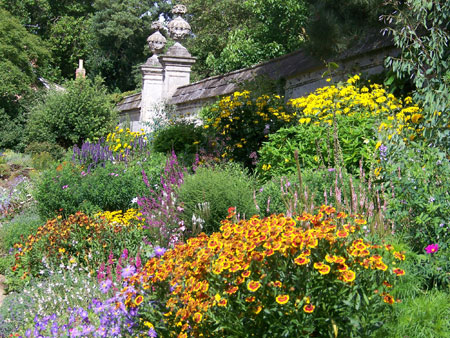The Dry Garden

The Foxgloves may suffer in very dry conditions. But, Lavender and Pelagoniums are both quite draught resistant.
The dry garden is a garden designed to flourish in hot and dry conditions without additional water. Sometimes, we try hard to fight nature, but, sometimes it is good to grow the plants which will thrive in the conditions we have. A dry garden doesn’t have to be an arid and boring place with nothing more than a few cactus, there are many plants which will thrive in dry conditions.

Californian poppy thrive in hot dry conditions. A good example of a vibrant colourful annual you can grow in a dry garden.
Good Plants for Dry Conditions
Trees
- Acers
- Betula Pendula

















